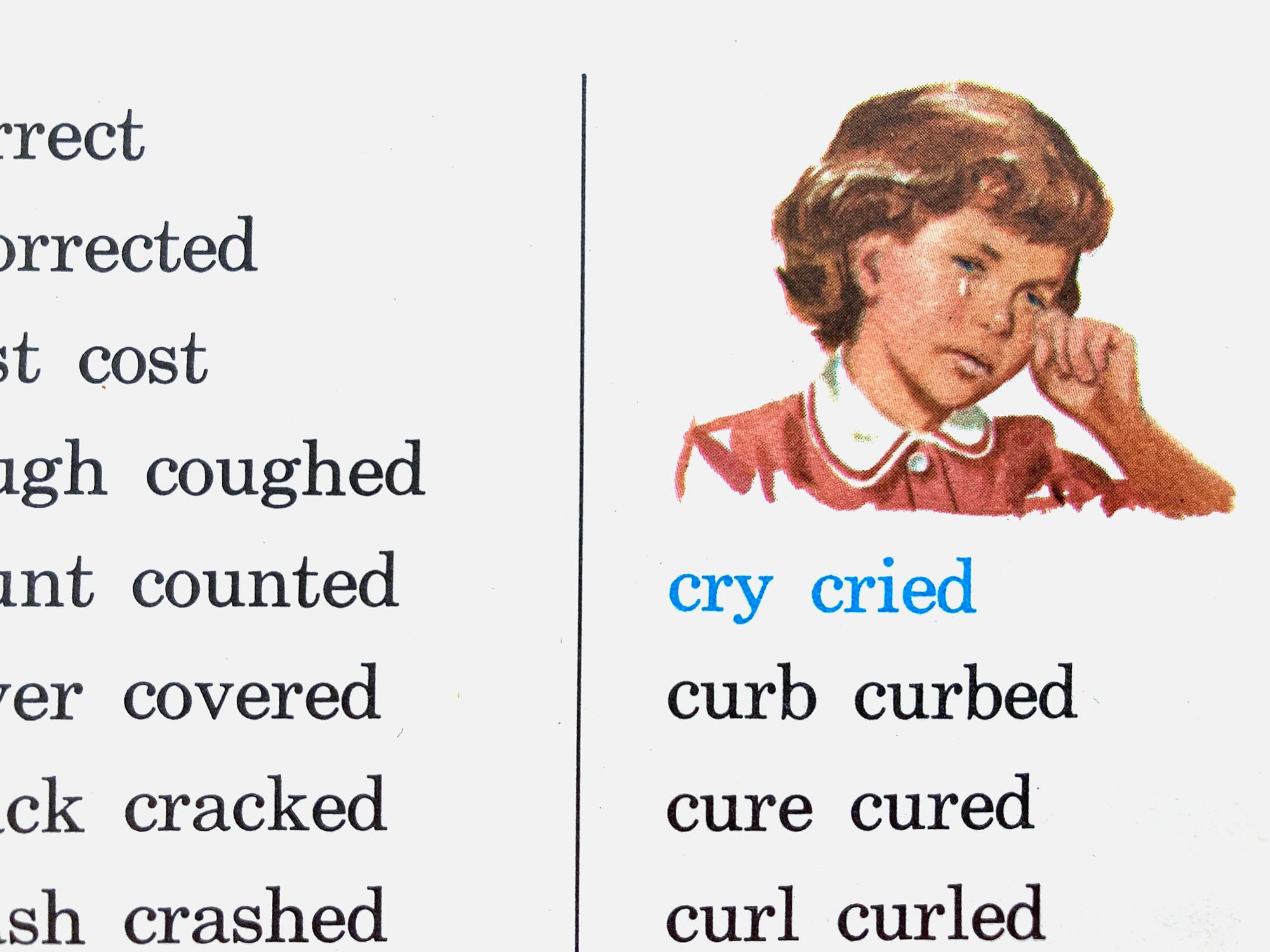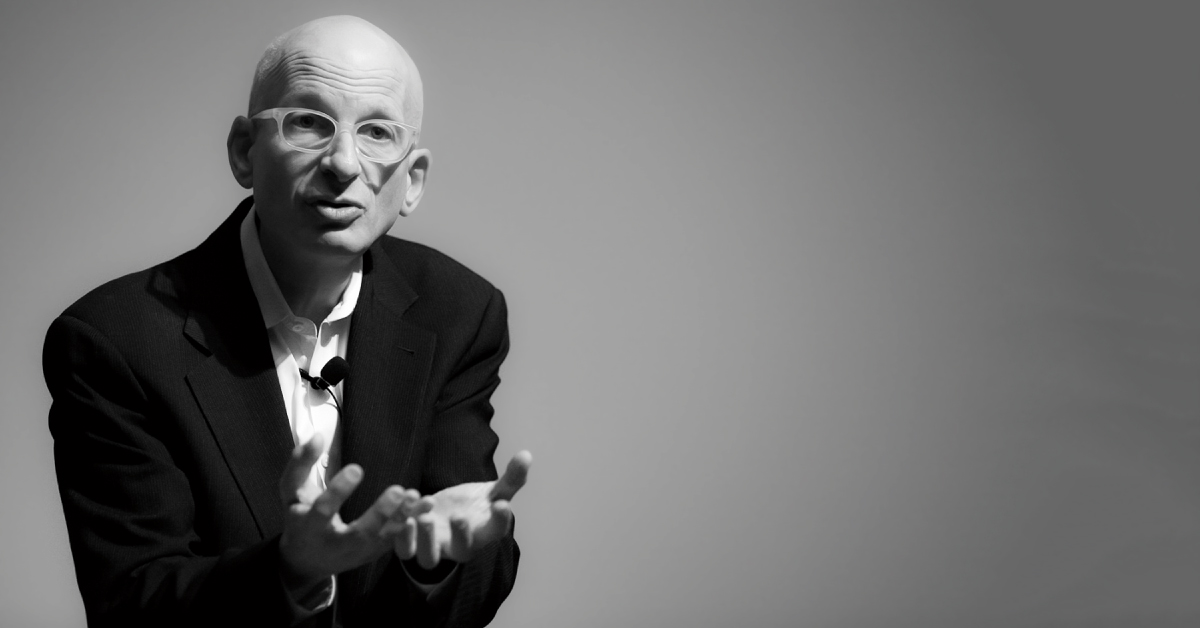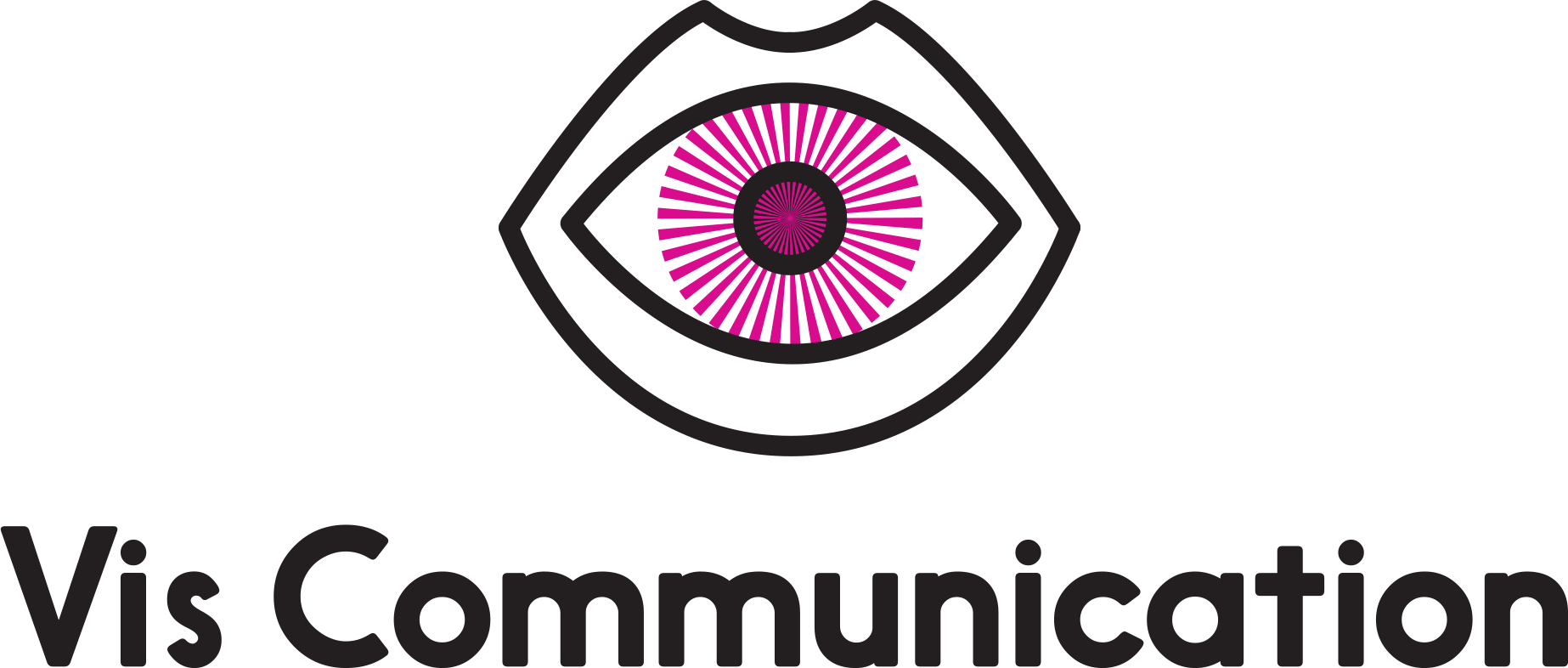"Wow" / Managing Expectations

Ever had a client or brief that said they want to be "Wowed"? Maybe you're a client who has told someone this? Nothing elicits an eye roll faster from a designer than that. Heres why: From a designer perspective, that's an incredibly hard expectation to meet. Not that designers are not good at what they do, or can't impress with their work, but expectations like that can be tricky to manage no matter how good the work. Also, someone's Wow is another person's not enough or too much. Wow is actually pretty vague. I've had plenty of clients who said they wanted Wow or "out of the box" and then picked the most conservative of the options presented. (Which is why I always present a range but that's another post.) One time Wow actually meant the client was trying to impress his boss and was just really stressed out about it. He thought saying Wow would add pressure in some good way. All it added was confusion because now I'm not attempting to read one person's mind, but two.
Frustration is when an expectation meets a reality that does not match up. You expect one thing and life delivers another. Disappointment. Stress. There are plenty of places in life where we cannot avoid this from time to time. But a design relationship is one place we can avoid it if we want to.
As a designer, you can manage expectations by setting expectations. And you have double the opportunities for an expectation/reality mismatch:
1. Design expectations To start, you need a good design brief where the client communicated the goal. I think clients sometimes say they want Wow because they want to let you know they want something really good. Duh. But it tells you little else other than they possibly don't know what they want which is going to make meeting expectations impossible.
2. Process expectations: If you don't communicate it, they may be expecting five options and you deliver three. Disappointment. This is where a clear scope of work comes into plan. And also, what you need from them to complete the job at each stage. This could be an image, copy, approvals, etc.

As a client, you may have never worked with a designer before. Maybe you have no expectations or expectations only based on what you imagine the process to be. Or, you have worked with a designer before and the expectation is the same workflow. Know that it's different with every designer/client relationship. Sometimes different depending on the project type.
Also, as a client, check out the designers portfolio. I'm never offended when a client asks to see my work, even if they were referred by a friend. Most designers can work in a wide variety of styles, but if you really wanted something in X style, and the designer doesn't seem to have any of that kind of work, it warrants a conversation before you begin. Otherwise, you guessed it – expectation/reality mismatch. Disappointment.
For the designer:
Have the hard conversations up front. Be clear. Make a document if it helps. What you need to know, parts you need to complete the job, scope and steps along the way. Almost every client who seeks out a designer has thought a bit about what their project may look like, or has looked at other examples they like or dislike. No need to copy, but you can manage expectations (which could include steering them down a better path) if you've seen what's already in their head.
For the client:
Instead of Wow, communicate more specifically what you're looking for. Maybe you mean something out of the norm. Or something that stands out from the competition. Or something like X example that you show. Everyone's definition of Wow is different, and you need to explain what yours is.
If we can both come closer to expectation meeting reality, both sides can set each other up for success.


